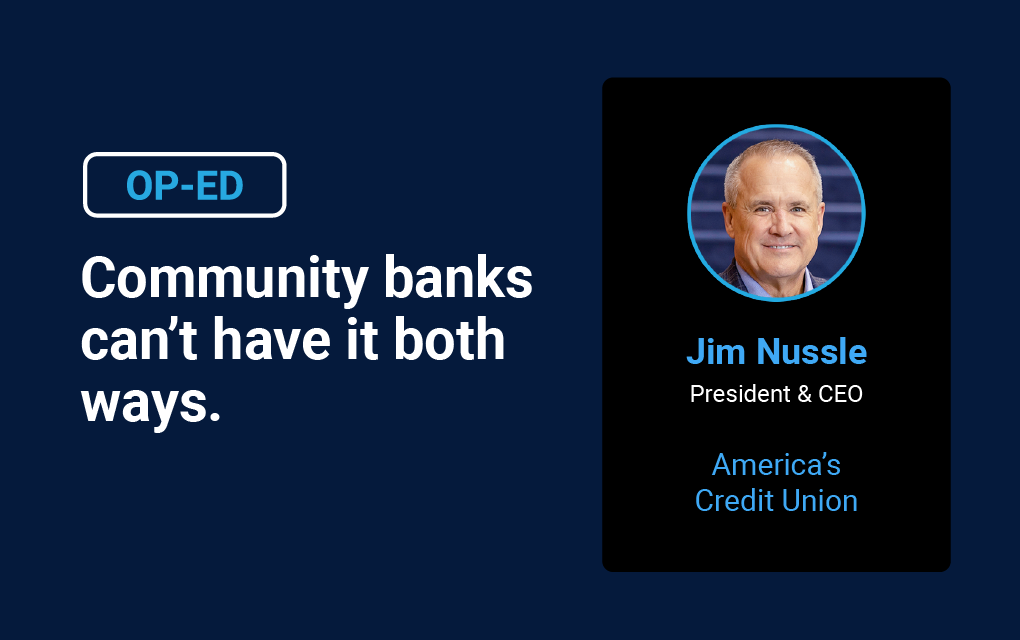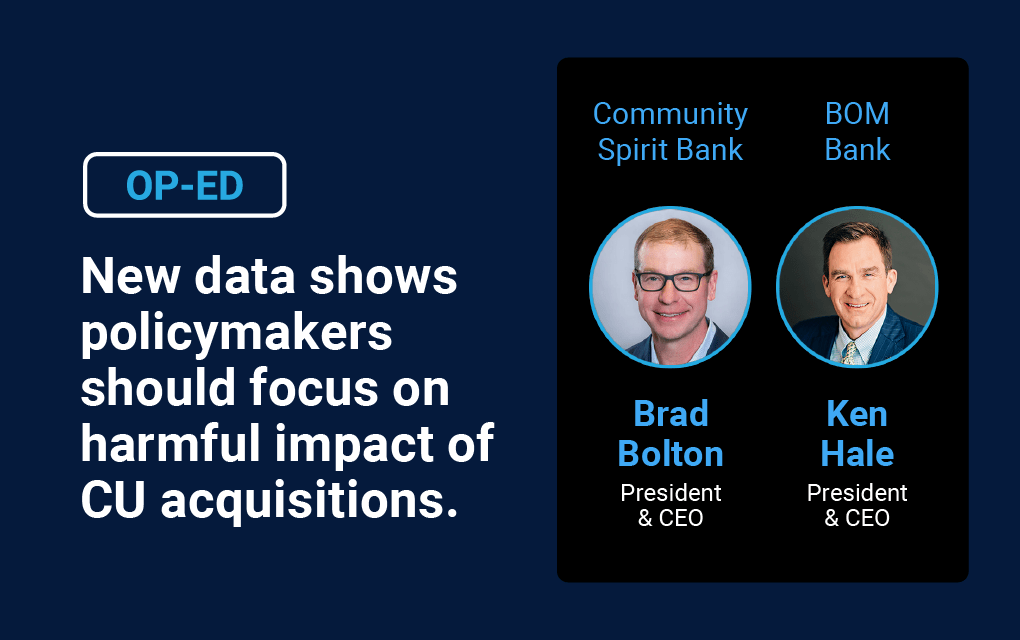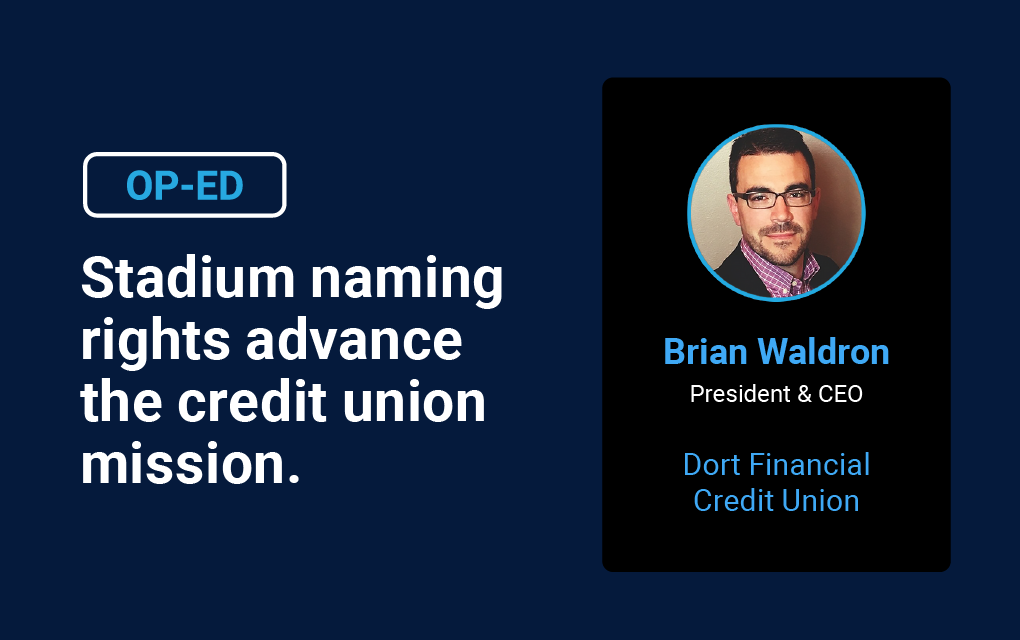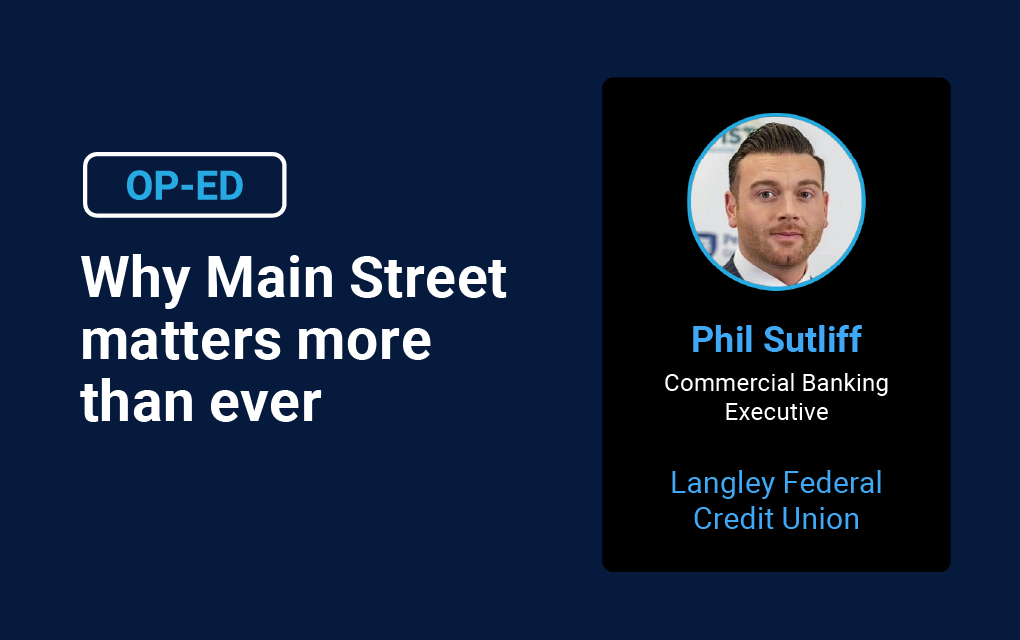The AI revolution in community banking: A transformational crossroads
The community banking sector, long defined by its deep-rooted customer relationships and localized decision-making, is at a transformational crossroads. Artificial Intelligence (AI) is no longer a distant concept or the exclusive domain of large financial institutions. It is here, rapidly reshaping how banks—big and small—operate, compete, and serve their customers. For sub-$10 billion regional and community banks, AI represents both an existential challenge and an unprecedented opportunity. And let’s be honest—nothing says ‘existential crisis’ quite like a 100-year-old bank realizing a chatbot is handling customer inquiries faster than their best teller.
The Pressure to Evolve
Community banks have historically thrived on personal connections, intimate knowledge of local markets, and the ability to make lending decisions with a human touch. However, the landscape is shifting rapidly. Fintech disruptors, larger banks with superior technological infrastructure, and mounting regulatory compliance costs are exerting unprecedented pressures on smaller institutions.
As deposit migration accelerates and lending margins remain compressed, efficiency and innovation have become non-negotiable. AI offers a potential solution, but only if implemented strategically. For community banks, the challenge lies in harnessing AI’s potential without compromising the relationship-driven service model that defines their success. After all, no one wants their “trusted neighborhood banker” replaced by an algorithm named ChadGPT.
AI’s Impact: From Back Office to Cybersecurity and Customer Experience
AI is already influencing community banks in multiple ways, transforming everything from risk management to customer interactions. Some of the key areas of impact include:
Credit Decisioning & Risk Management
AI-driven underwriting models can analyze vast datasets to assess creditworthiness more accurately and efficiently than traditional methods. By leveraging alternative data sources—such as transaction history, real-time cash flow analysis, and behavioral trends—these models help banks make faster, more informed lending decisions. This levels the playing field for smaller banks, enabling them to compete with larger institutions in both speed and accuracy while simultaneously mitigating risk.
Fraud Prevention, Cybersecurity & Compliance
With cyber threats, data breaches, and regulatory scrutiny at all-time highs, AI-powered fraud detection and anti-money laundering (AML) systems have become essential. AI can identify suspicious patterns, detect anomalies, and provide real-time threat analysis, strengthening a bank’s defenses against cyberattacks. For Chief Information Security Officers (CISOs), AI is a game-changer—offering predictive threat intelligence, automated risk mitigation, and enhanced compliance monitoring. In an era where community banks are increasingly targeted by cybercriminals, AI-driven security solutions will define the industry’s future resilience. It’s like having a digital bouncer at the door, except instead of checking IDs, it’s blocking fraudulent transactions.
Operational Efficiency & Automation
AI-driven automation can streamline middle- and back-office functions, improving efficiency and reducing costs. Banks are increasingly leveraging AI to optimize processes such as loan processing, document review, and compliance reporting. AI-powered chatbots and virtual assistants are also transforming customer service by handling routine inquiries, freeing frontline employees to focus on high-value interactions.
Hyper-Personalization & Customer Retention
One of the most significant advantages fintech firms and big banks have over community institutions is their ability to leverage AI for personalized customer experiences. By analyzing transaction data, spending habits, and financial behaviors, AI enables banks to anticipate customer needs and deliver tailored product recommendations.
For community banks, this means AI can enhance customer relationships rather than replace them— offering a blend of digital convenience and human touch. Predictive analytics can help banks proactively engage customers, improving retention and deepening trust.
The Hiring Challenge: The Industry’s Growing Talent Gap
While AI presents immense potential for community banks, its successful implementation hinges on a critical yet often overlooked factor—talent. To navigate the AI revolution, banks need leaders who can bridge traditional banking expertise with deep technological fluency. However, this skillset is increasingly rare.
The competition for top talent in AI, data analytics, and cybersecurity is intense, with fintech firms, large banks, and even non-financial industries aggressively pursuing professionals with these capabilities. Many experienced banking executives lack AI expertise, while tech-savvy leaders often struggle to grasp the regulatory complexities and relationship-driven models inherent in community banking.
Key leadership roles evolving in response to AI’s growing influence include:
- CIOs and CTOs with AI & Automation Expertise
- CISOs Who Can Navigate AI-Driven Threats
- Chief Data & Analytics Officers (CDAOs)
- Customer-Centric CXOs
The Role of Executive Search in Securing the Right Talent
As community banks struggle to find and attract specialized talent, the role of executive search firms will become increasingly vital. Many executives with the right blend of banking, AI, and cybersecurity expertise are not actively seeking new roles—they must be identified, engaged, and strategically recruited. For community banks, securing AI-savvy leadership is not just a competitive advantage—it is a survival strategy. The institutions that proactively invest in the right talent and upskill their teams will be well positioned to capitalize on AI’s opportunities while mitigating its risks. Those that remain reactive or fail to recognize the urgency of talent acquisition may find themselves technologically outpaced and unable to adapt.
A Defining Moment
The next five years will be pivotal for community banks. Those that strategically integrate AI across risk management, cybersecurity, customer engagement, and operational efficiency will emerge stronger, more competitive, and better positioned to serve their communities. But technology alone is not enough. The true differentiator will be leadership—executives who understand both the promise and the pitfalls of AI and can drive transformation without sacrificing the personal relationships that define community banking. As this talent becomes increasingly scarce, executive search firms will play a critical role in helping banks secure the leaders needed to navigate this new era.
Leveraging three decades of search experience in the financial services space, Kershner & Co. specializes in recruiting top leadership talent for community & regional banks, credit unions and fintech’s with a focus on technology.
Disclaimer
The views, opinions, and perspectives expressed in articles and other content published on this website are those of the respective authors and do NOT necessarily reflect the views or official policies of Tyfone and affiliates. While we strive to provide a platform for open dialogue and a range of perspectives, we do NOT endorse or subscribe to any specific viewpoints presented by individual contributors. Readers are encouraged to consider these viewpoints as personal opinions and conduct their own research when forming conclusions. We welcome a rich exchange of ideas and invite op-ed contributions that foster thoughtful discussion.









